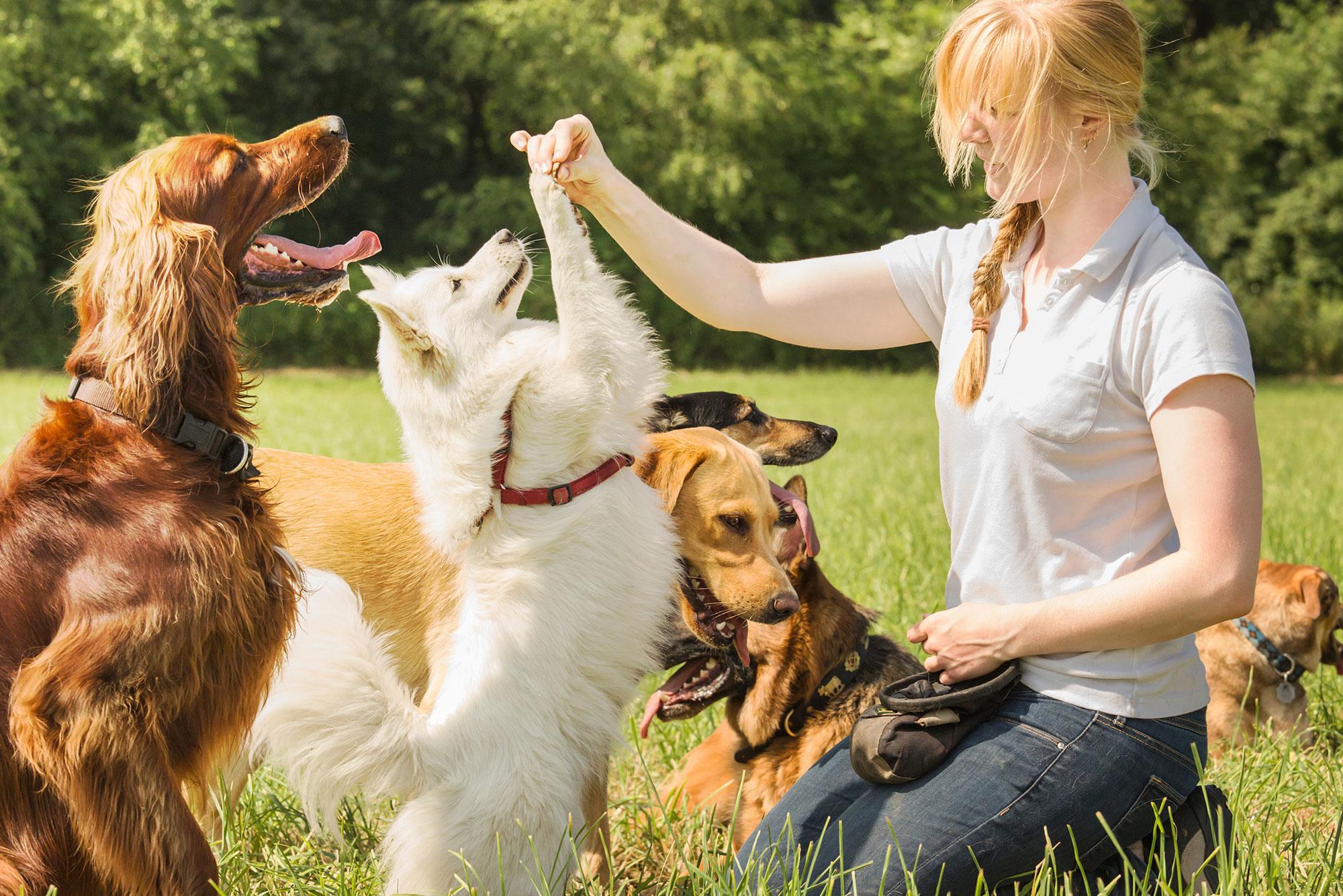Training your dog to respond to basic commands is an essential part of responsible pet ownership. Basic commands such as sit, stay, and come are not only useful in everyday life situations, but they also help establish a bond between you and your furry friend. If you are searching dog a pet trainer for your your dog, you may go to this website link.

Image Source- Google
In this article, we will discuss effective training techniques for teaching these commands.
1. Sit
The "sit" command is one of the first commands that most dog owners teach their pets. It is a fundamental behavior that sets the foundation for other commands and helps in controlling your dog's behavior. Here are some training techniques for teaching your dog to sit:
2. Verbal Cue: As you raise the treat and your dog's bottom begins to lower, say the word "sit" clearly and firmly. Eventually, your dog will associate the verbal cue with the action of sitting, and you will be able to use the word without the need for a treat.
3. Hand Signal: In addition to the verbal cue, you can also use a hand signal to reinforce the "sit" command. For example, you can extend your arm with your palm facing upwards as you say "sit." Over time, your dog will learn to associate both the verbal and visual cues with the desired behavior.
2. Stay
The "stay" command is crucial for keeping your dog safe and under control. It teaches them to remain in a specific position until released. Here are some training techniques for teaching your dog to stay:
1. Start with a solid foundation of basic obedience commands such as sit and lie down. Your dog should be familiar with these commands before moving on to teaching them to stay.
3. Hold your hand up in a stop sign position, about chest height, while giving the command. This visual cue can help reinforce the stay command.
3. Come
The "come" command is essential for getting your dog's attention and bringing them back to you. It is particularly important in situations where your dog may be off-leash or at a distance from you. Here are some training techniques for teaching your dog to come:
1. Start indoors: Begin by practicing the "come" command indoors where there are fewer distractions. Call your dog's name followed by the command "come" in a cheerful tone. Reward them with praise and treats when they come to you.
2. Use a long leash: Once your dog is responding well indoors, move to a more open space outdoors. Attach a long leash to your dog's collar and give the command "come." Gently guide them towards you using the leash if necessary. Reward them when they reach you.